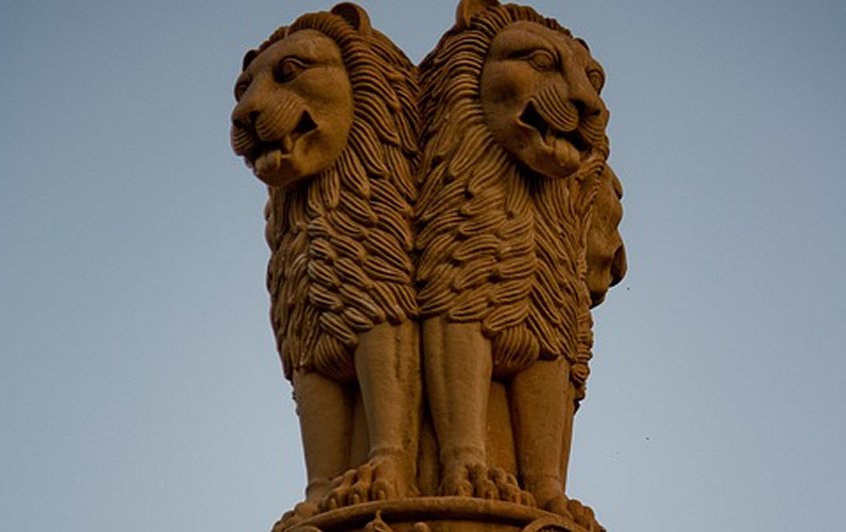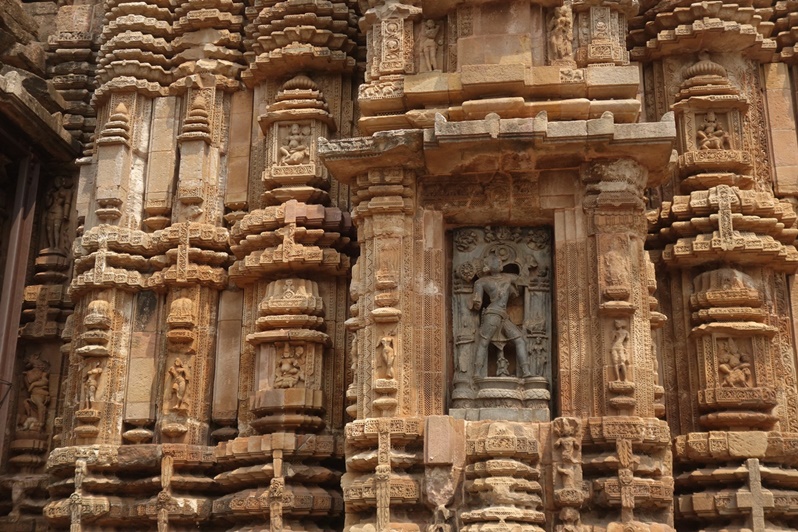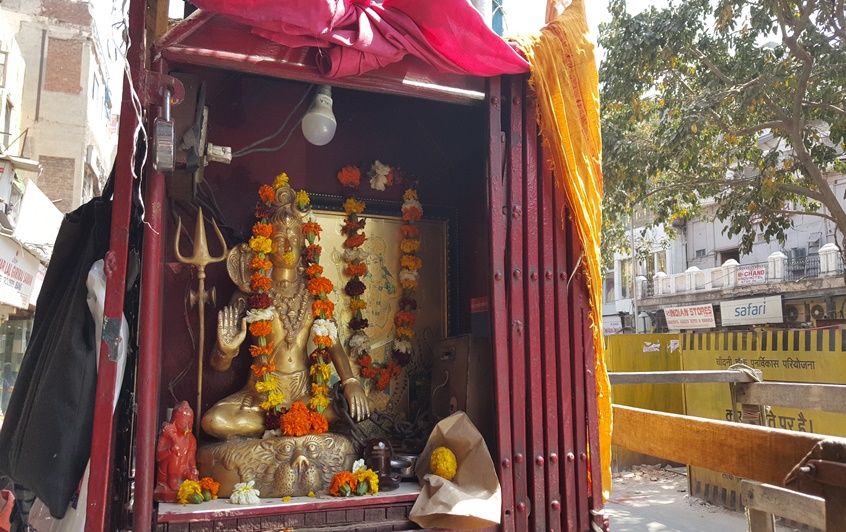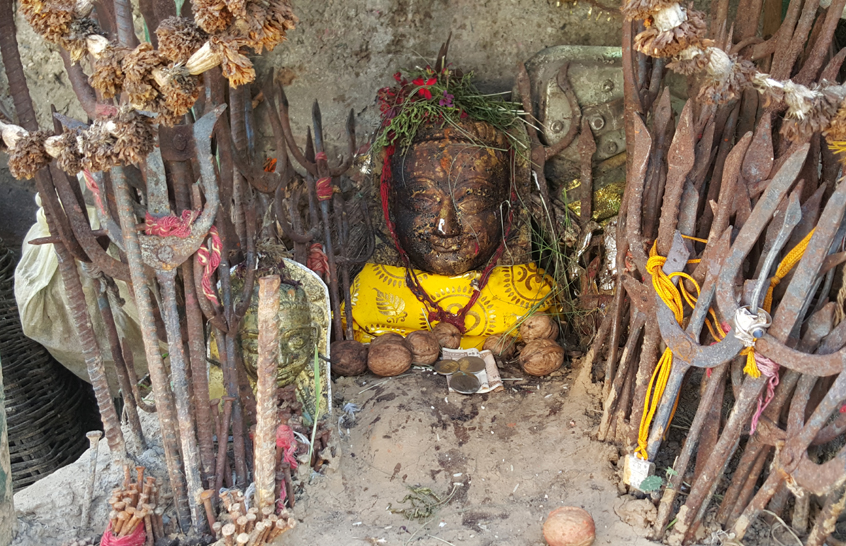
par Bertrand Bellaize, le 05 décembre 2019
Une brève histoire de l’art en Inde : la civilisation de l'Indus
L'art : un moyen de transmission spirituel
Comme dans beaucoup de civilisations anciennes, l'art en Inde est étroitement lié à la religion, les représentations artistiques servent de supports à la pratique religieuse : temples, statues… Les temples, sanctuaires, lieux funéraires sont les constructions qui permettent, pour une grand part, la pratique de la religion, sa transmission aux fidèles.
Les statues servent de supports, de représentation visuelle : la parole a été le premier moyen de transmission aux générations suivantes et pendant longtemps le seul. Puis l'image a joué un rôle de plus en plus prépondérant que ce soit à travers les peintures, les statues ou sculptures, et bien entendu l'écriture.
Les Védas
La civilisation de l'Indus est à son apogée entre 2500 et 1500 avant J.-C., les vestiges, les plus marquants se situent à Mohenjo Daho et Harappa. Les fouilles réalisées assez anciennes (début 20° et 19°) ont mis à jour de nombreuses céramiques montrant la parfaite maîtrise de cet art, ainsi que le début de l'utilisation du cuivre pour les outillages. Peu de statues, si ce n'est en stéatite.
Cette civilisation a sans doute succombé à des invasions aryennes, laissant place à la « civilisation du Gange », marqué par la religion védique : les Védas (- 800 avant J-C) au nombre de 4 sont des recueils liturgiques à l'usage des officiants : les brahmanes qui ont pour mission la pratique des rituels religieux (ou le sacrifice pour honorer les dieux, rétablir l'ordre juste jouait un rôle essentiel) l'enseignement et la conservation du savoir (transmission orale).
L'empire Maurya
Vers le 6° siècle avant JC, deux nouvelles religions voit le jour : le Jaïnisme et le Bouddhisme qui aura une influence prépondérante sur l'essor de la sculpture.
Un point important dans le développement et la mise en place des canons esthétiques fut la conquête de la région par Alexandre Le Grand en 320/320 avant JC.
L'empire Maurya fut un des plus grands empires que connût l'Inde ( environ 320 -176 avt JC), surtout pendant le règne d'Ashoka qui contribua fortement au développement du bouddhisme et à la construction de nombreux temples (Stupas), sculpture de Bouddha, bas reliefs, chapiteaux et colonnes... Le plus célèbre exemple de cet art est la colonne couronnée de chapiteaux représentant 4 lions sur laquelle des édits bouddhistes étaient transcrits. Ce fût une des premières formes de transmission religieuse écrite à grande échelle.
Un fort développement de la sculpture
On assiste alors à un fort développement de la sculpture qui est alors un art quasi uniquement d'ordre religieux : les sculptures sont alors à la fois décoratives mais aussi narratives (édits d'Ashoka).
Le style de cette époque est reconnaissable à son aspect classique. Il emprunte à l'art grec de parfaites proportions, une représentation réaliste, une grande sobriété avec une finesse de traits.
Les matériaux utilisés sont la pierre (grès rouge…. sculpté puis poli fortement pour donner un aspect luisant presque métallique en surface), la terre cuite et les métaux : de ce fait il reste de nombreuses vestiges de cette époque qui sont parfaitement conservés. La sculpture est alors le moyen principal d'expression artistique.


